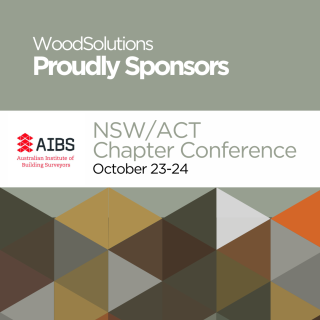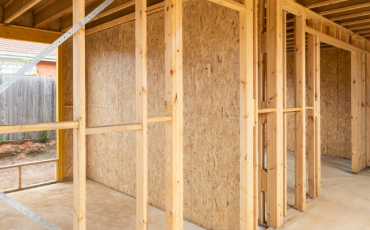AFAC 2023 National Conference and Exhibition & Timber Construction Forum


We don't feel the floor joists will need to be replaced, but whether the floorboards will be unserviceable after they dry will depend on the degree of distortion that remains. No doubt the flooring was swollen after being wet for two weeks. Generally flooring flattens out to some extent upon drying, but this can only be assessed when the drying process is completed. If it still looks damp, testing the timber with a moisture meter will determine whether further drying is needed. If you don't have access to a moisture meter they can be hired.






Joining a select group of architects, engineers, developers, and building professionals, Forest & Wood Products Australia (FWPA) Statistics and Economics Manager Kevin Peachey recently embarked on the WoodSolutions Study Tour to Sweden and Norway.

The WoodSolutions Resilient Timber Homes Program is progressing well, with the design competition nearing completion.
Are you looking for a supplier?